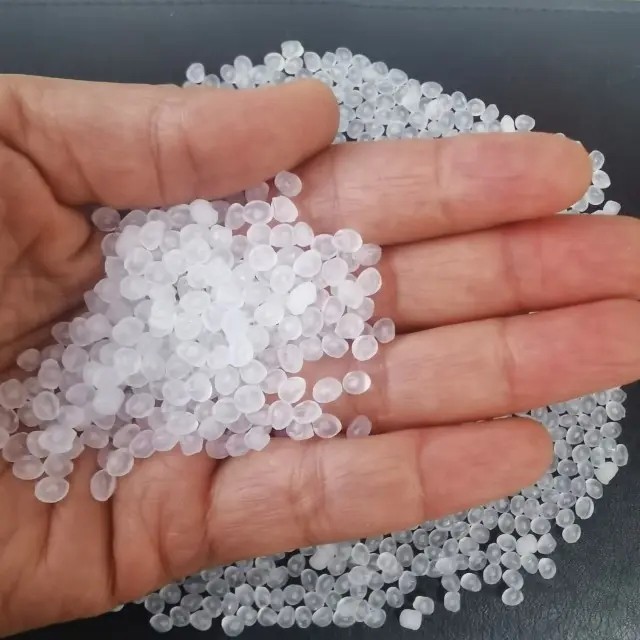| Description |
Co-polymerization of Polypropylene
Polypropylene is a common thermoplastic polymer used in a variety of applications, such as packaging, textiles, and automotive parts. One way to enhance its performance is to use co-polymerization, which involves combining different monomers or comonomers with polypropylene to form a copolymer.
Co-polymerization of polypropylene can improve its properties, such as impact resistance, flexibility, and processability. For example, adding ethylene as a comonomer can increase the flexibility and toughness of the polymer, while adding other comonomers like butene or hexene can improve its processability.
Co-polymerization is typically carried out using a catalyst, such as Ziegler-Natta or metallocene, which can control the polymerization reaction and the distribution of comonomers in the polymer chain. The resulting copolymer can have different structures, such as a random copolymer, which has a random distribution of comonomers, or a block copolymer, which has alternating blocks of different comonomers.
Co-polymerization of polypropylene has many industrial applications, including:
1. Packaging: Co-polymerization can improve the impact resistance and optical properties of polypropylene used in packaging, such as food containers, bottles, and films.
2. Textiles: Co-polymerization can increase the flexibility and durability of polypropylene used in textiles, such as carpeting and geotextiles.
3. Automotive: Co-polymerization can enhance the stiffness and impact resistance of polypropylene used in automotive parts, such as bumpers and interior trims.
Overall, co-polymerization of polypropylene is a useful way to improve the performance of this versatile polymer. By choosing the right comonomers and catalysts, co-polymerization can create new materials with tailored properties that meet specific industrial needs.
Hot Tags: pp copolymer polypropylene, China pp copolymer polypropylene manufacturers, suppliers, factory, titanium 2 oxide, polypropylene casting resin, r5566 titanium dioxide, BOPP Film Granules, polypropylene fabric non woven, High Density Polyethylene 8008H





